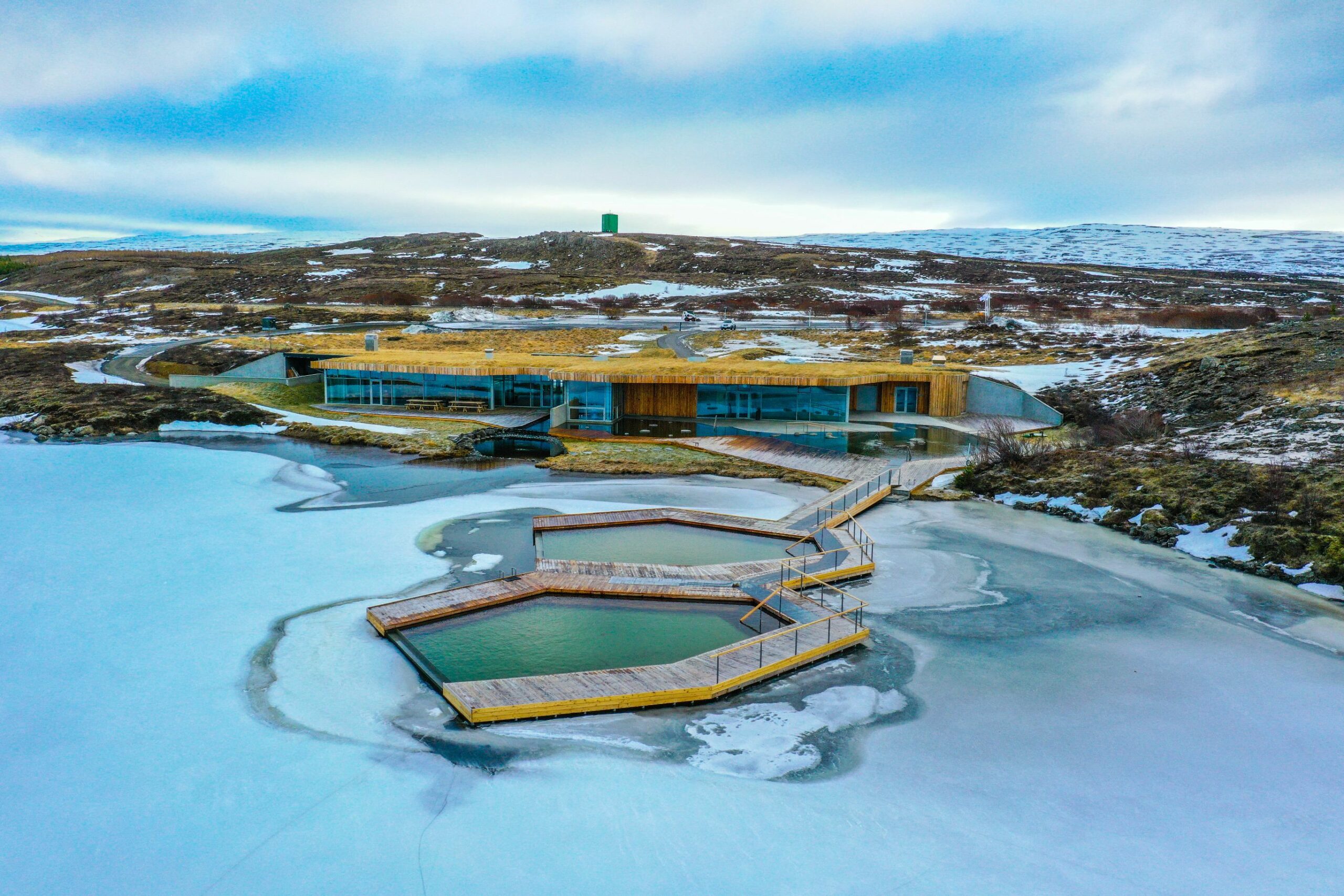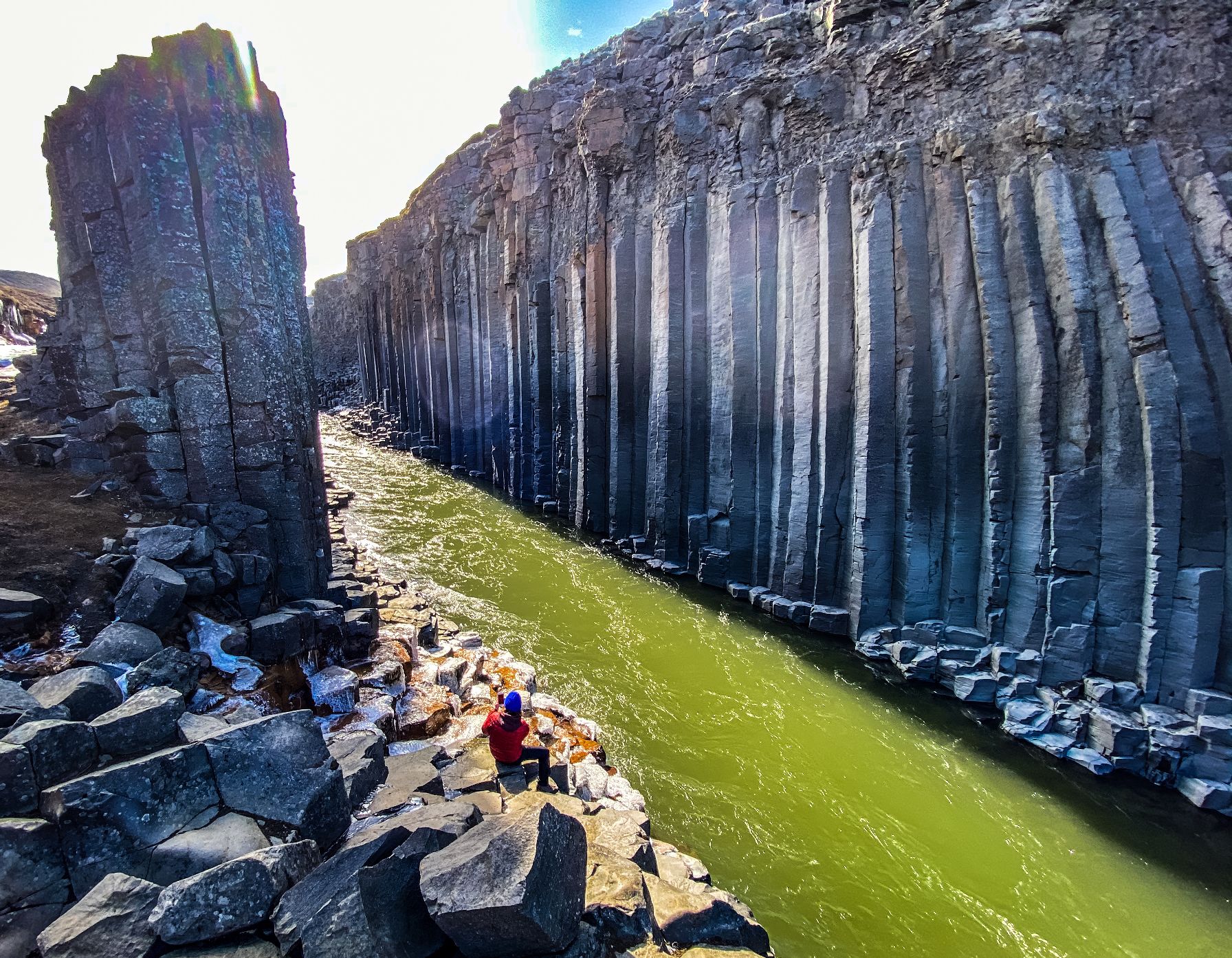
When traveling around Iceland a part that is often overlooked is East Iceland. Surely many people make a quick stop in Egilsstaðir to have a toilet -break, fill up the tank and do groceries before they continue their journey either further to Myvatn (going counter clockwise) or Höfn (going clockwise). Considering the fact that East Iceland is historically the oldest part of Iceland it is definitely a part which deserves further exploration. A stay-over here with one or more days give you the opportunity to discover the many gems that are hidden only a small hike away.
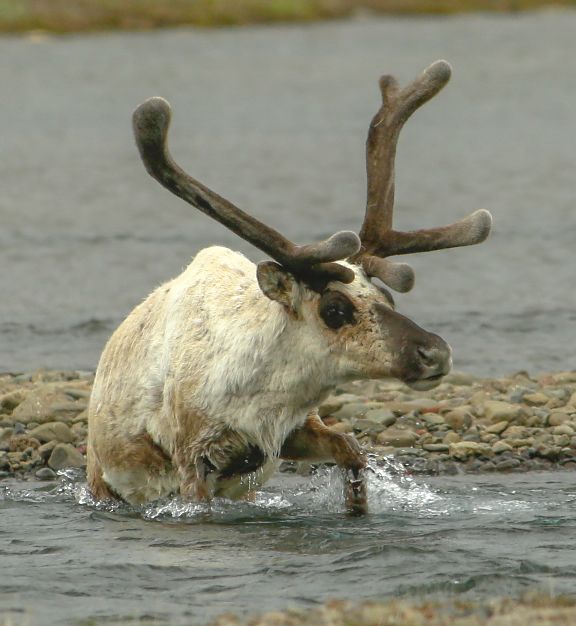
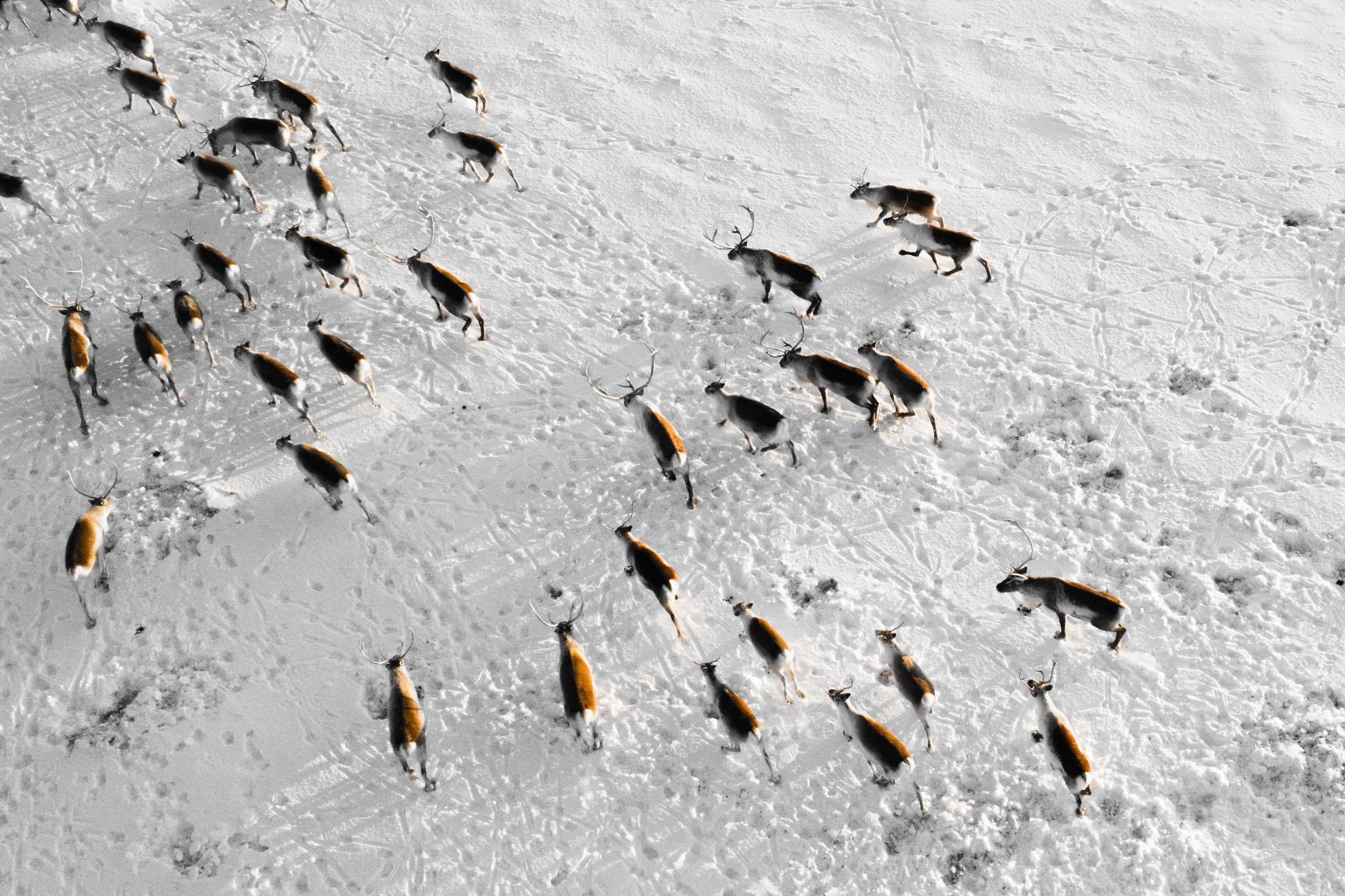
Driving into east Iceland from Myvatn in the north you might already get to know wildlife that can only be found in east Iceland: Reindeers. Although not native and originally from Norway these majestic creatures have become east Iceland’s most famous inhabitants. Especially in wintertime they get closer to civilisation and are easier to spot. But it is not only the wildlife you have to keep your eyes open for.
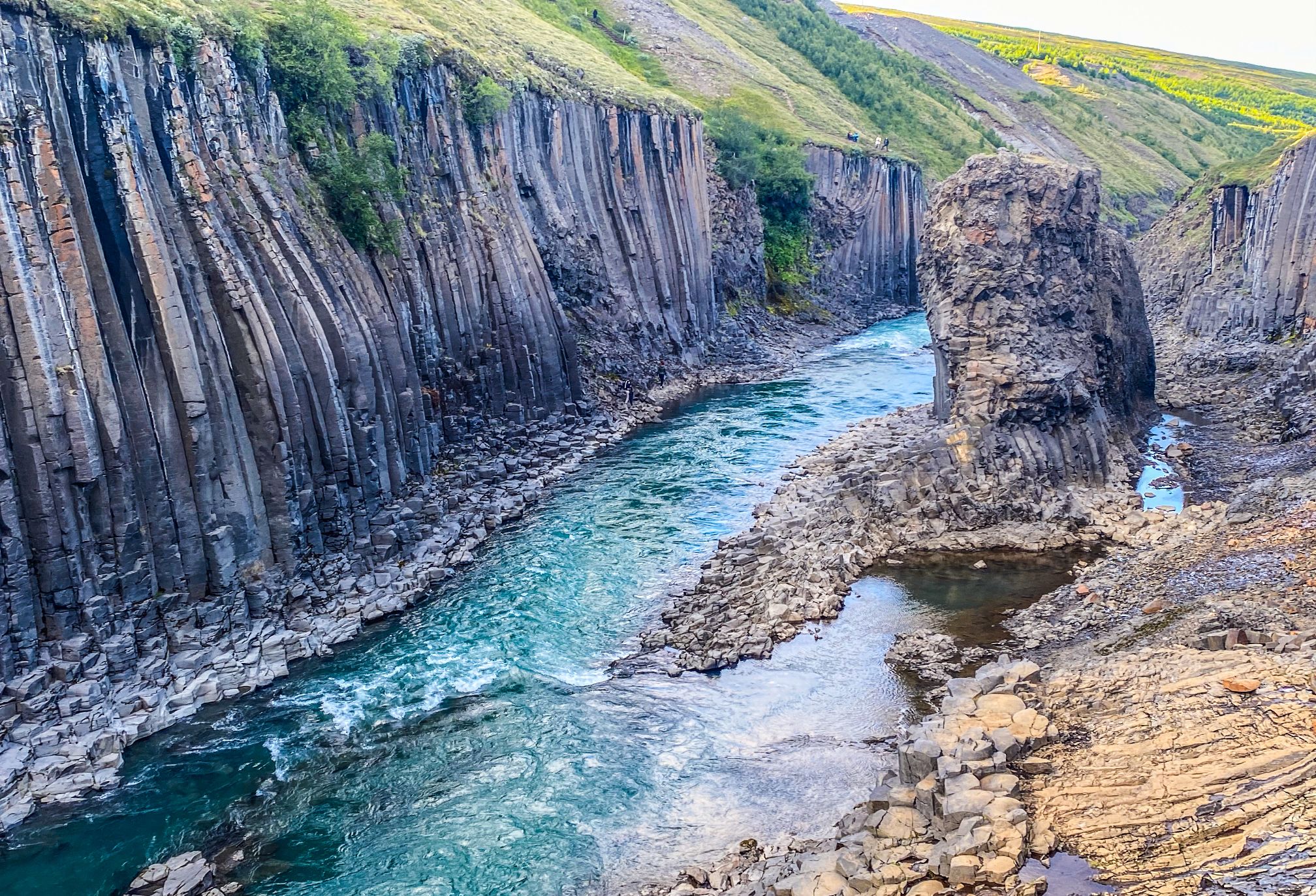
When approaching Egilsstaðir it is definitely worthwhile to make a small detour to a canyon called Stuðlagil. When reaching Jökuldal exit the ring road and drive about 25km over a gravel road to the parking at a farm called Klaustursel from which you have to hike 5km on the eastern side of the canyon. If hiking is not your thing or time or season is not in your favour you can drive another km or so and park at the farm Grund. Straight from the parking a recently installed staircase lets you descend to a viewing platform from where you can look straight into Stuðlagil. Although Stuðlagil must have existed for thousands of years it was discovered for the first time around 2009. The glacier river Jökulsá which origins at the foot of Vatnajökull was tempered when a dam called Kárahnjúkar was build to create a water reservoir for one of the biggest hydropower plants in Iceland. The water level in Jökulsá river dropped drastically on one of the most beautiful gems of east Iceland was uncovered: Stuðlagil. The walls of the Stuðlagil canyon are made out of basalt columns of several sizes and configurations. The canyon was in 2020 one of the most popular destinations for Icelanders when they traveled around their home country.
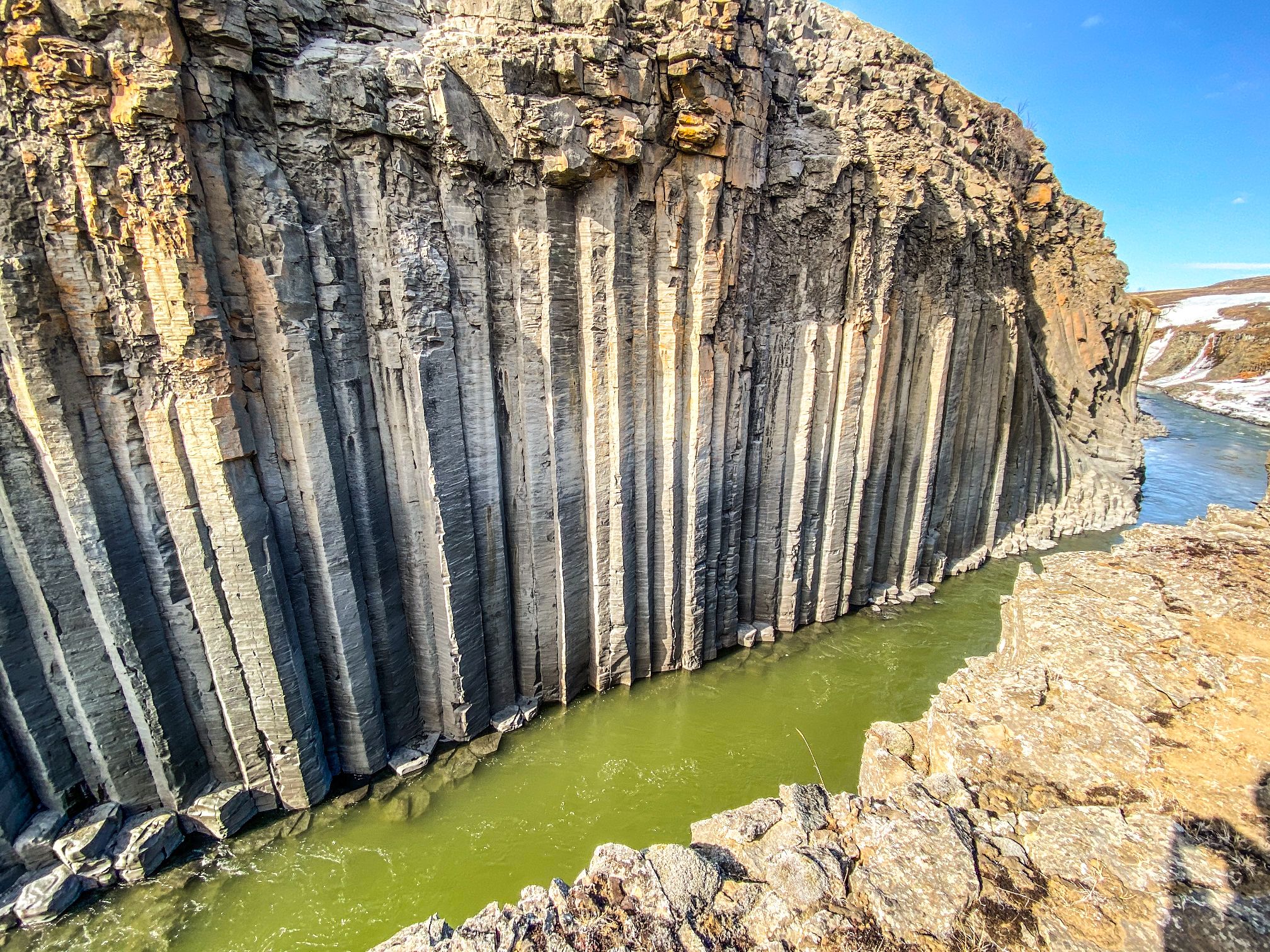
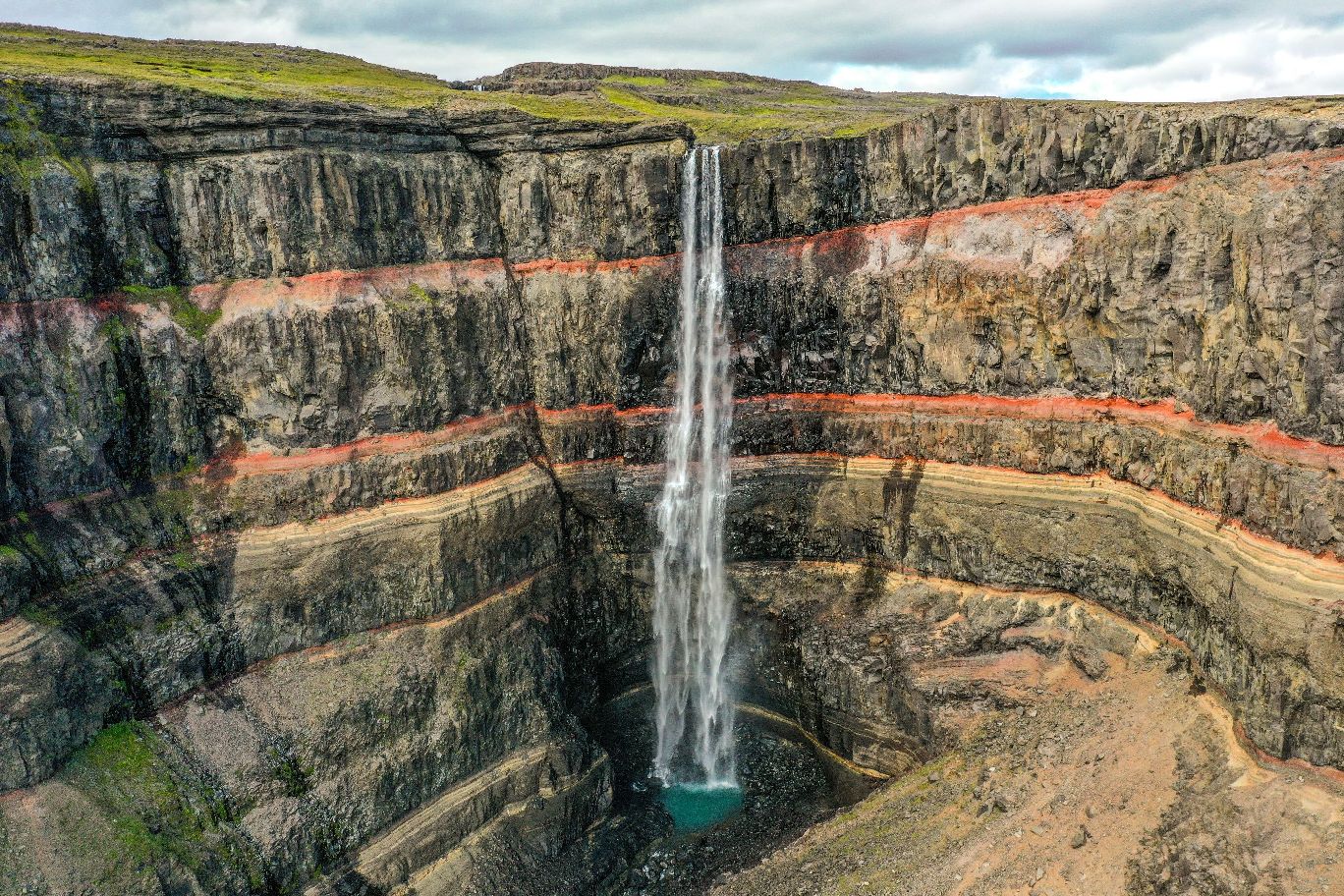
Surely not everybody will travel to east Iceland from the north, some travel by plane and some travel from the south. Another natural gem close to Egilsstaðir is the third highest waterfall in Iceland: Hengifoss. In the town of Egilsstaðir you turn left onto road 95 and after about 11km the road continues into road 931 and passes through Icelands biggest forest: Hallormsstaðaskógur. From a distance the 128m high Hengifoss only looks like a small stream in a crack of the mountain ridge. However, when arriving at the river Hengifossáthe waterfall has become hidden in the mountain ridge. To get a closer look of Hengifoss a 40-60min hike up the mountain is inevitable. While getting closer and closer to Hengifoss the path leading there has a pleasant surprise: a second waterfall! Lítlanesfoss is definitely not as high but its beautiful, long and hexagonal basalt columns make it a perfect stop to sit down, catch your breath and enjoy the view before the path continues further up to Hengifoss. Arriving at the bottom of Hengifoss you can see for yourself why it has become such a popular waterfall. The steep walls are a layered geological display of thousands of years. Basalt lava combined with the red clay layers pressed in between make it probably one of the most fascinating waterfalls of Iceland.
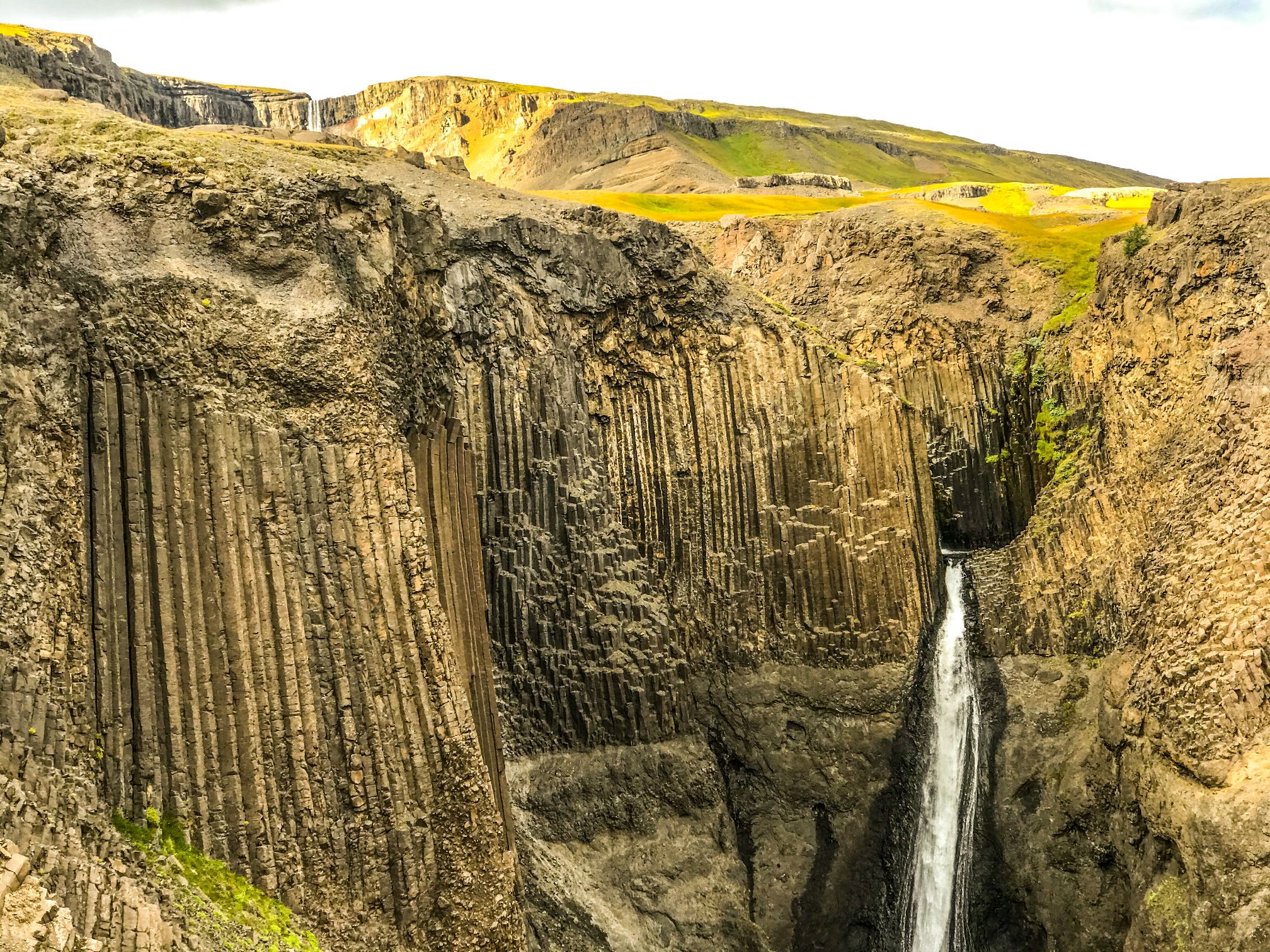
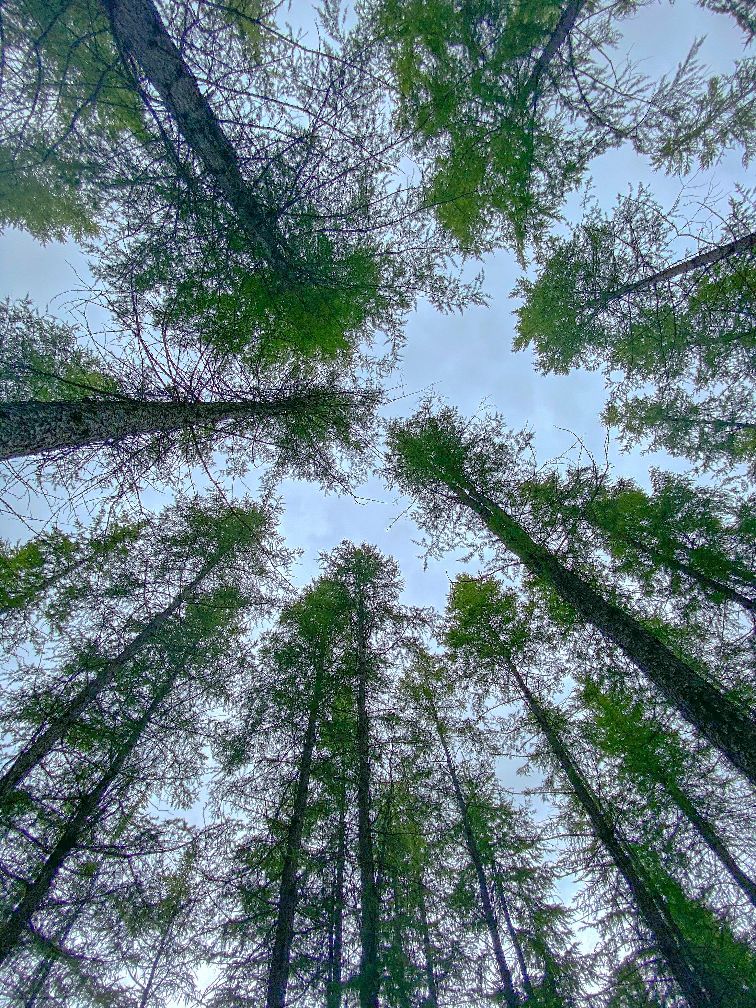
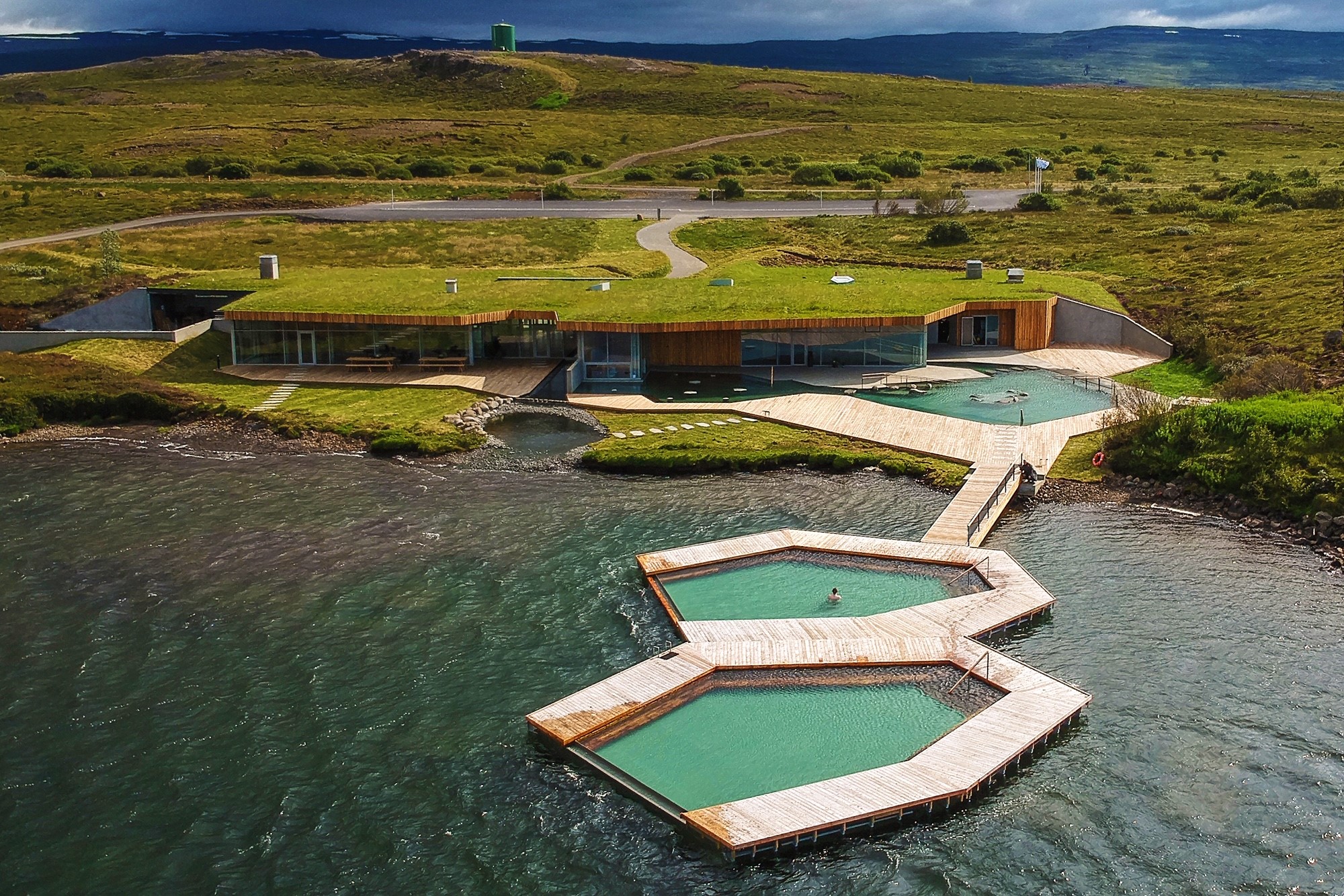
The most popular destination in east Iceland however is only about a hour away from Stuðlagil and about half a hour from Hengifoss: Vök Baths. Vök Baths is a great place to relax and recharge yourself after a long day traveling or a demanding hike. This geothermal spa with the only floating pools in Iceland was opened in the summer of 2019. Its geothermal water comes straight from underneath the cold water lake. Vök Baths is a reference to open spots in the ice which were the result of geothermal water bubbling from the bottom of the lake and melting the ice. In contrary to the geothermal water elsewhere in Iceland the water in Vök Baths is practically without smell and has been certified as drinkable from the tab as we offer at our tea-bar.
With pleasure we invite you to Egilsstaðir and enjoy your stay in East Iceland.
